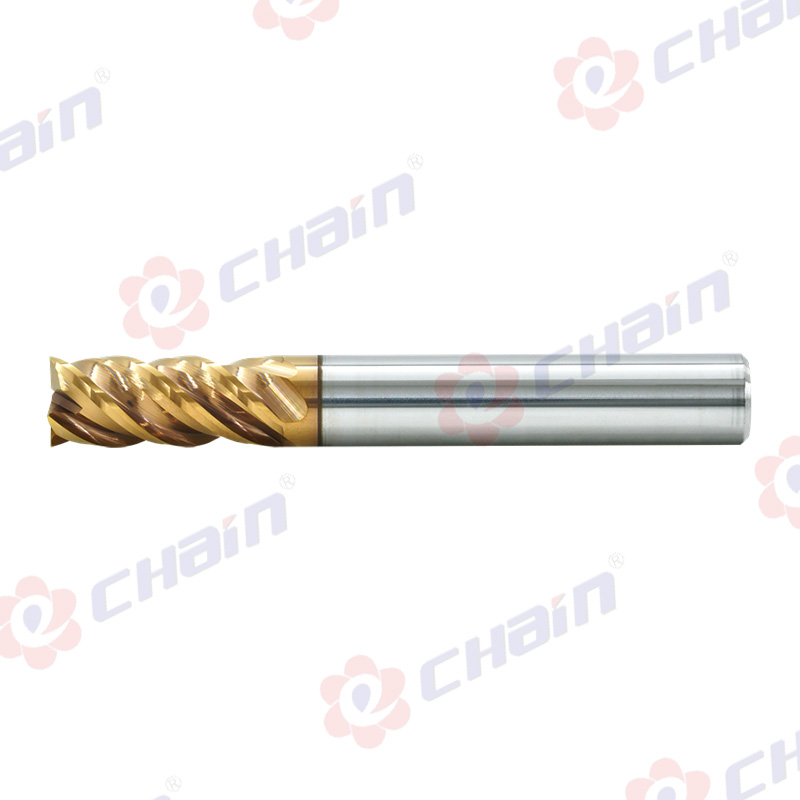What causes end mills to break?
2023-11-17
End mills, like any cutting tool, can break due to various factors related to machining operations, tool quality, material properties, and operator error. Some common causes of end mill breakage include:
1. Excessive Cutting Forces: Applying too much feed rate or depth of cut can overload the end mill. This can cause excessive stress on the tool, leading to breakage, especially in harder materials or when using inappropriate cutting parameters.
2. Improper Tool Selection: Using the wrong type or size of end mill for a particular material or machining operation can result in breakage. Different materials require specific types of end mills designed to handle their properties.
3. Tool Wear and Dullness: As end mills are used, they gradually wear down. Continued use of a dull or worn-out end mill increases the likelihood of breakage due to reduced cutting efficiency and increased cutting forces.

4. Material Hardness and Toughness: Machining hard and tough materials such as hardened steels, titanium, or high-temperature alloys can put significant stress on the end mill, leading to breakage if not using appropriate tooling or cutting strategies.
5. Vibration and Chatter: Excessive vibrations during machining, often caused by improper setup, lack of rigidity in the workpiece or machine tool, or incorrect cutting parameters, can lead to end mill breakage.
6. Poor Fixturing or Workholding: Inadequate clamping or securing of the workpiece can lead to unexpected movements or shifting during machining, causing the end mill to break.
7. Tool Defects or Damage: Manufacturing defects, damage during handling, or previous misuse of the end mill can compromise its integrity, making it more susceptible to breakage.
8. Improper Feeds and Speeds: Using incorrect cutting speeds and feeds for the material being machined can lead to overheating, tool rubbing, and premature wear or breakage of the end mill.
9. Operator Error: Lack of experience or errors in programming, setup, or operation of the machining process can contribute to end mill breakage.
To mitigate end mill breakage, it's essential to use the right tool for the specific material and application, follow recommended cutting parameters, maintain the tool in good condition, ensure proper machine setup and fixturing, and implement best practices for machining operations. Regular inspection of tools and adherence to proper maintenance practices can also help prevent unexpected tool failure.


